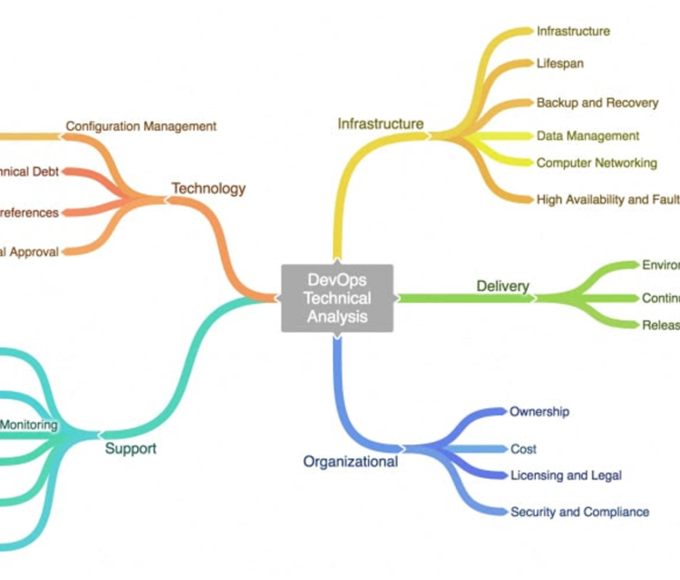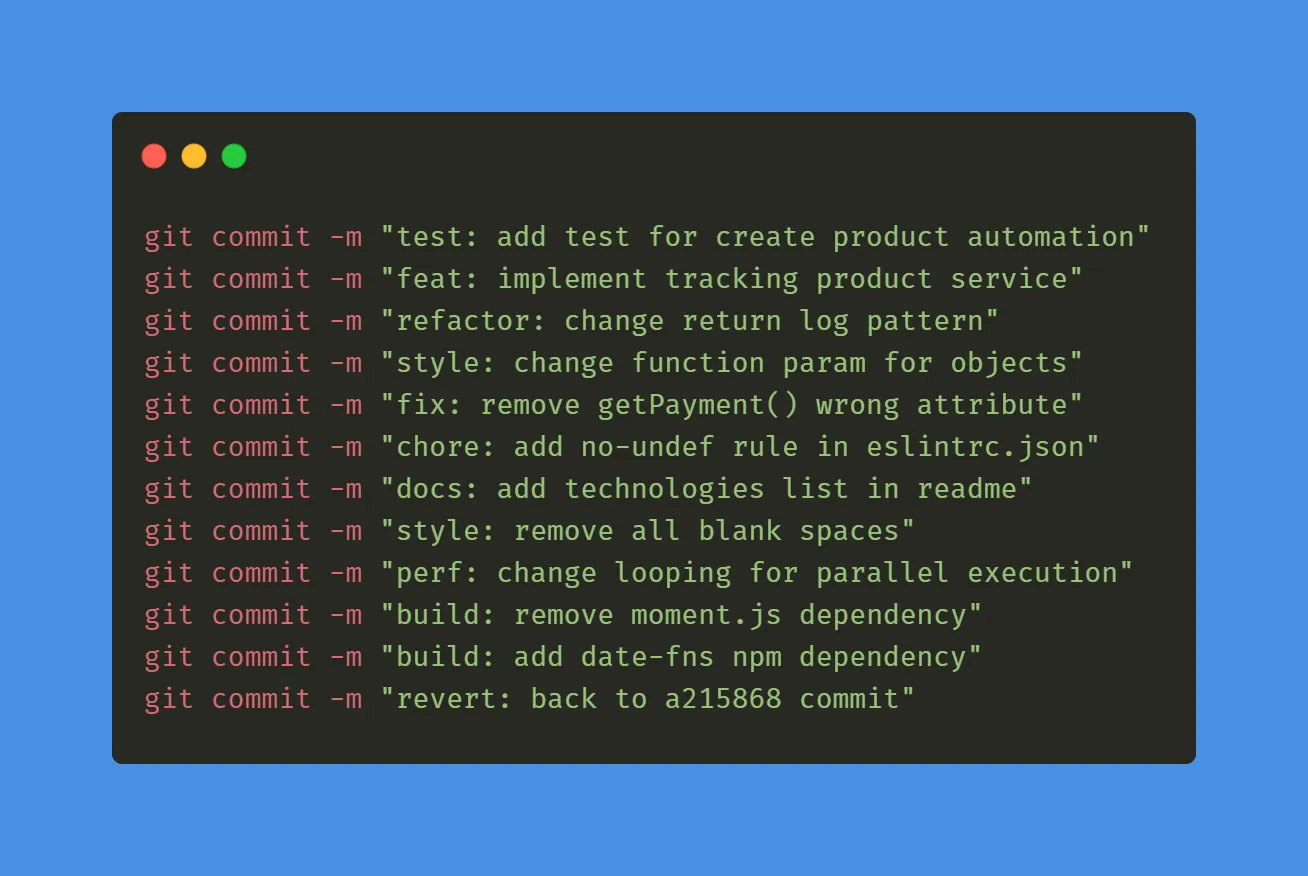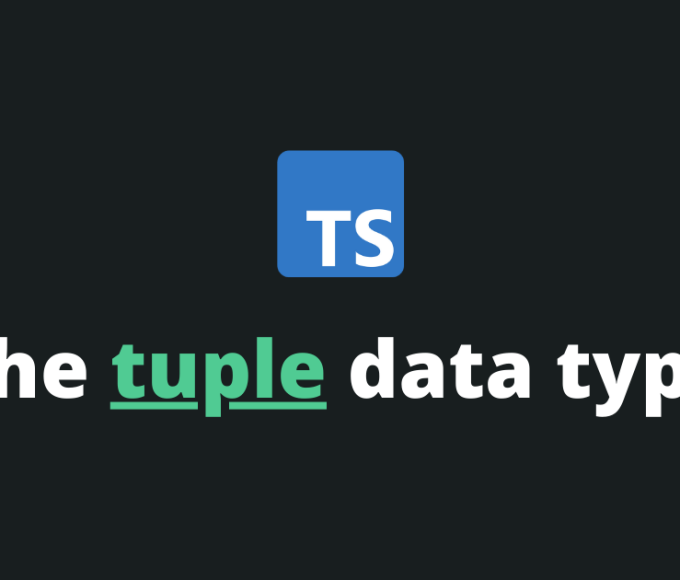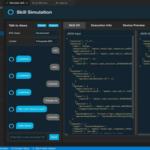Gradually, IT ceased to be a support area to become a critical factor for the success of virtually all organizations. The “heat” of business has arrived for IT professionals around the world, along with the need for rapid changes to provide increasingly immediate, secure, and accurate results. In this context, the agile methodologies adoption has become a great differential for companies to keep up with the frequent changes in the market, with speed in the exchange of information and in the development of projects to implement new technologies.
Agile methodologies bring a project management approach that prioritizes flexibility and adaptability rather than a rigid and inflexible plan. In the context of new technologies focused on services such as the cloud, SaaS (Software as a Service), and PaaS (Platform as a Service), the interaction between teams is facilitated, being able to reach a high level of performance and delivery, in a way that is more adherent to the needs and the moment of each client.
SCRUM is one of the most used agile methodologies today. In short, we translate the client’s needs into several “Stories”, which translates into the project scope. These “Stories” are broken into a “Product Backlog”, and then this Backlog becomes Sprints, which are short working cycles.
Typically, these Sprints last two to four weeks and have a specific objective. In this method, the project team participates in some ceremonies to plan the Sprints (Planning), evaluate what worked or not (Review/Retrospective), and also in quick daily meetings (Dailies) for the team to share what it did on the day above, what you will do “today” and if there is any impediment to moving forward with your work (Blockers). The team is self-organizing and is consisted of actors with specific roles and responsibilities.
Using SCRUM can help development teams take better advantage of cloud technology. The increasing adoption of SaaS and PaaS technologies requires adaptability and the ability to make new cloud resources available faster. SCRUM allows for faster iterations and, consequently, deliveries faster too.
Cloud adoption technologies can use other Agile methodologies like Kanban and Lean. Both focus on continuous improvement and eliminating waste, which can be especially useful when working with cloud services, allowing for greater efficiency and scalability.
In short, agile methodologies can help project teams achieve a high degree of effectiveness and take full advantage of the advantages offered by cloud technologies. Adopting an agile approach can enable the delivery of high-quality products faster and more efficiently, providing better capacity management, and increasing the flexibility and adaptability of project teams to business needs.
*The content of this article is the author’s responsibility and does not necessarily reflect the opinion of iMasters.



























Leave a comment